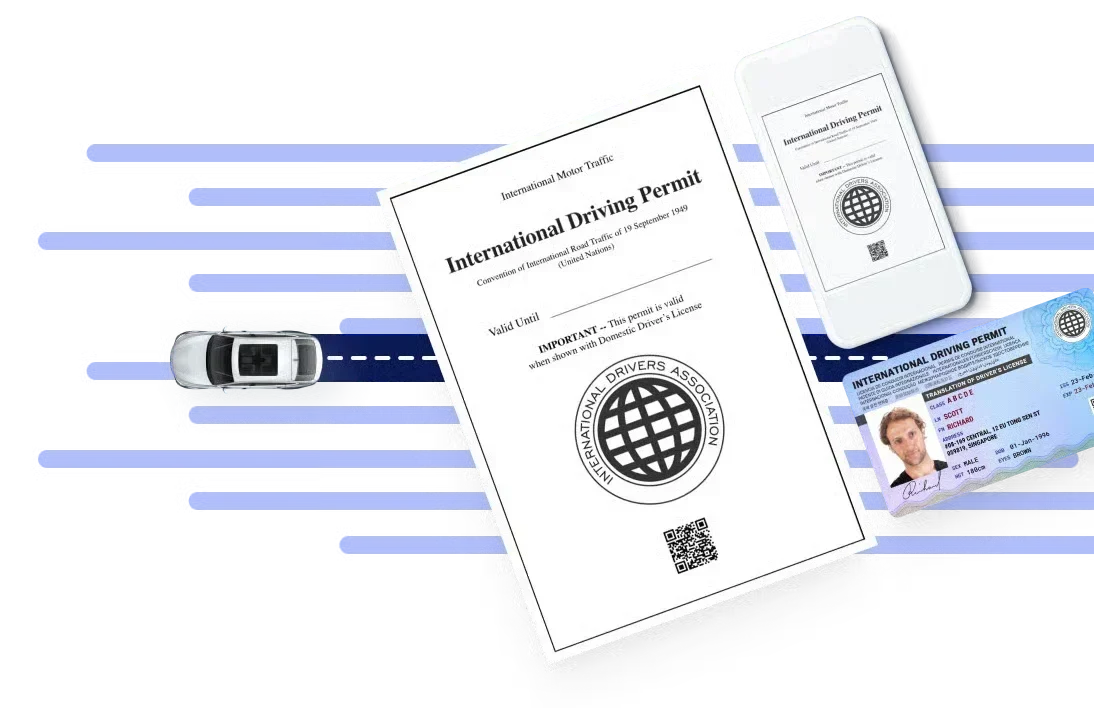Set out on a thrilling 7-day road trip through Uganda , a country celebrated for its safety and diverse landscapes. Whether you’re traveling solo, with friends, or as part of a larger group, Uganda offers a secure and adventurous environment for all.
A road trip is the ideal way to experience the highlights of Uganda, immersing yourself in the country’s rich wildlife, stunning scenery, and vibrant culture. This journey allows you to explore hidden gems and iconic landmarks at your own pace, from the lush forests of Kibale to the majestic gorillas of Bwindi, providing unparalleled access to natural wonders and authentic experiences.
Day 1: Arrival in Entebbe
Entebbe, on Lake Victoria’s shores, is a serene Ugandan city known for its botanical gardens and wildlife center. As a key gateway to Uganda, it offers a relaxing start to your adventure, and it features some interesting Uganda tourist attractions.
Where to Go and What to Do
Touch down at Entebbe International Airport, where the warm and friendly Ugandan atmosphere will instantly greet you. After clearing customs and collecting your luggage, pick up your rental car—ideally a 4×4 for your upcoming adventures on a self-drive road trip through Uganda. Take a leisurely drive to your hotel in Entebbe , where you can settle in and refresh after your journey.
Here are some activities for you to enjoy while in Entebbe:
- Visit the Entebbe Botanical Gardens : Explore diverse plant species and enjoy lakeside views in this tranquil garden.
- Tour the Uganda Wildlife Education Centre : See rescued wildlife, including lions and giraffes, and learn about local conservation efforts.
- Relax at the beaches of Lake Victoria: Enjoy a peaceful day by the lake, swimming or simply soaking up the sun.
Hotel & Dining Options
For a comfortable stay in Entebbe, consider the Protea Hotel by Marriott Entebbe. It offers modern amenities and stunning lake views, which are ideal for exploring the area. For dining, The Boma Entebbe Restaurant provides a delightful mix of international and local dishes in a relaxed atmosphere, perfect for enjoying a meal after a day of sightseeing.
Day 2 and 3: Entebbe to Kibale National Park
Distance and Driving Time: Approximately 300 km in 5-6 hours.
Kibale National Park, located in southwestern Uganda, is renowned for its dense rainforest and diverse primate species, including chimpanzees. Established in 1993, it provides excellent opportunities for primate tracking and bird watching, making it a key destination for wildlife enthusiasts.
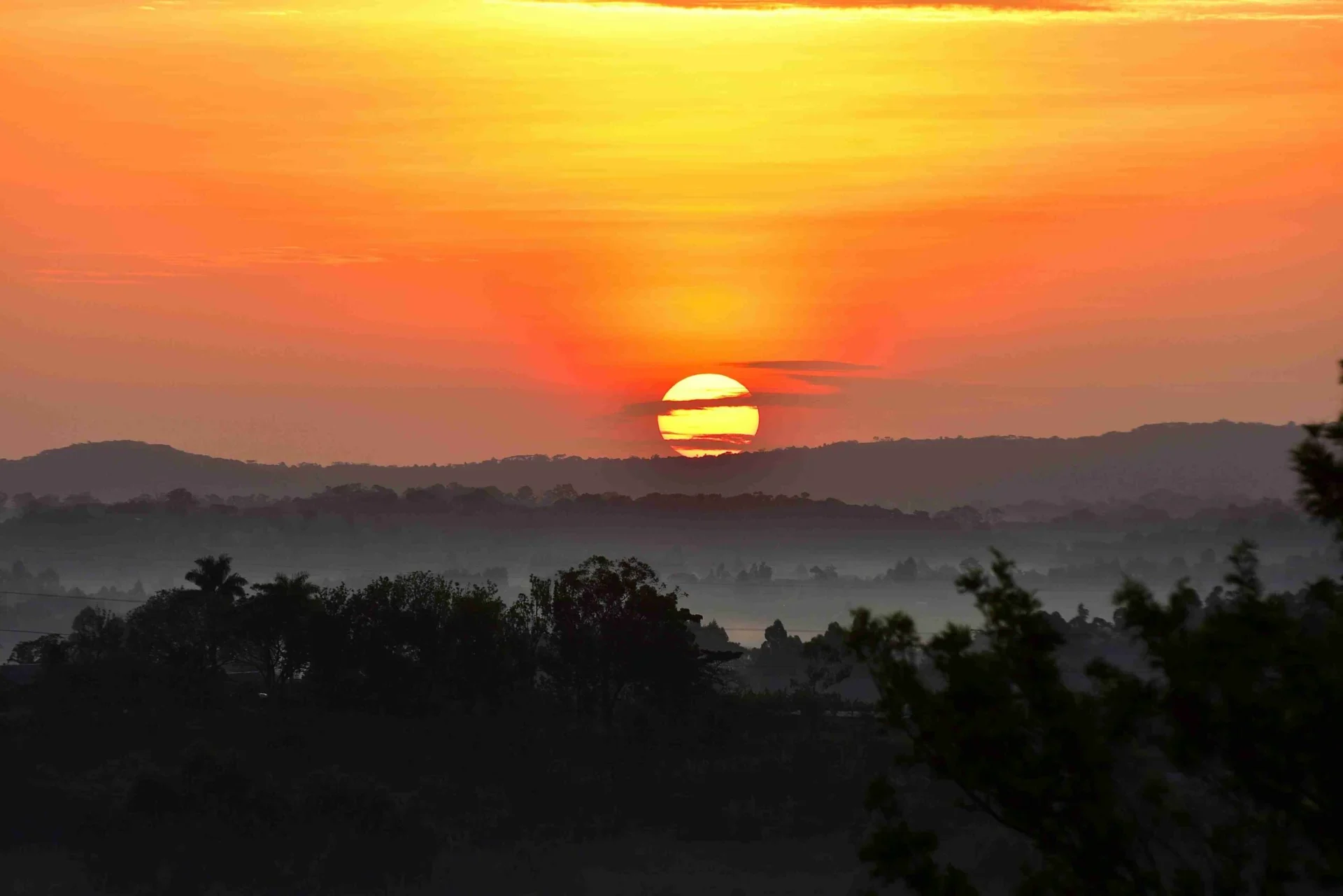
Source: Photo by Ivan Sabayuki on Unsplash
Where to Go and What to Do
Upon arriving in Kibale, make sure not to miss these activities:
- Chimpanzee Tracking: Embark on a guided trek through Kibale Forest to observe chimpanzees in their natural habitat. This thrilling experience offers the chance to see these intelligent primates up close as they interact, play, and forage.
- Bigodi Wetland Sanctuary : Explore this nearby sanctuary known for its rich birdlife and diverse wildlife. Take a guided walk through the wetland to spot various bird species, including the Great Blue Turaco, and enjoy the area’s scenic beauty.
- Nature Walks and Forest Trails: Discover the forest’s rich biodiversity on a nature walk with local guides. These trails provide insights into the park’s flora and fauna, including other primates like red-tailed monkeys and colobus monkeys, as well as the unique plant species found in the rainforest.

Source: Photo by 2H Media on Unsplash
Hotel & Dining Options
Stay at Primate Lodge Kibale for cozy accommodations with forest views. For dining, The Kibale Forest Camp Restaurant offers fresh, local, and international dishes amidst stunning natural surroundings.
Day 4: Kibale to Queen Elizabeth National Park
Distance & Driving Time: The drive from Kibale National Park to Queen Elizabeth National Park covers approximately 150 kilometers (about 93 miles) and typically takes 2 to 3 hours.
Queen Elizabeth National Park, in southwestern Uganda, is famous for its diverse landscapes and abundant wildlife, including the tree-climbing lions and the Kazinga Channel. Established in 1952, it offers unique safari experiences and stunning natural scenery.
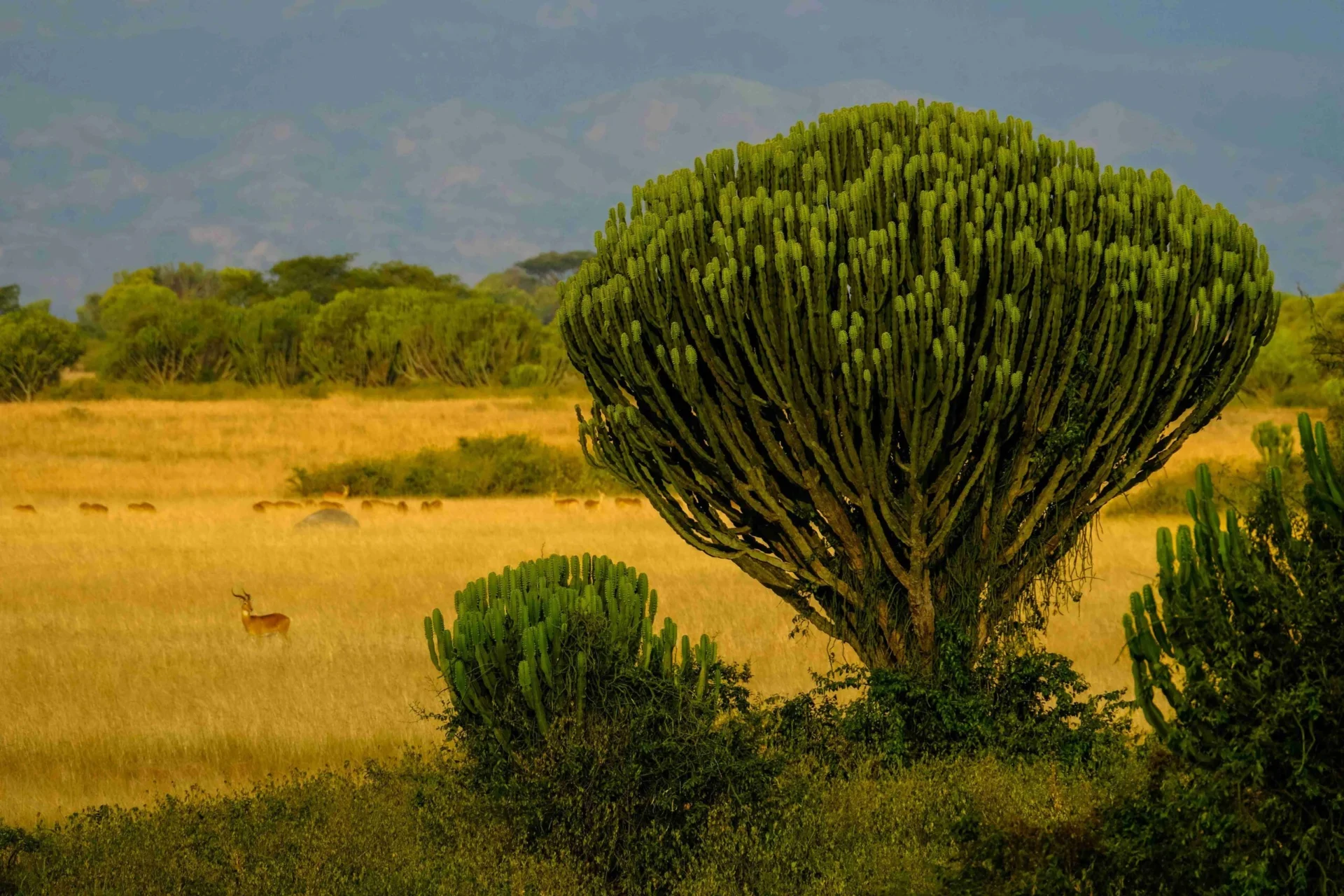
Source: Photo by Francesco Ungaro on Unsplash
Where to Go and What to Do
- Game Drives: Explore the park’s diverse ecosystems on a game drive to spot the Big Five, including lions, elephants, buffaloes, leopards, and rhinos, as well as other wildlife like giraffes, antelopes, and hyenas.
- Boat Safari on Kazinga Channel : Enjoy a boat cruise on the Kazinga Channel, which is known for its high concentration of hippos and diverse bird species, including pelicans, kingfishers, and eagles. The cruise also offers excellent views of the park’s wildlife from the water.
- Nature Walks: Take guided nature walks with park rangers to experience the park’s landscapes up close. These walks offer insights into the park’s flora and fauna, including spotting smaller wildlife and learning about local plant species.
- Visit the Ishasha Sector : Explore the Ishasha Sector, famous for its tree-climbing lions. This unique behavior is rare and allows one to observe these majestic predators in their natural habitat.
- Bird Watching: With over 600 bird species recorded, Queen Elizabeth National Park is a birdwatcher’s paradise. Look for rare and endemic species throughout the park’s varied habitats, including wetlands, savannahs, and forests.
Hotel & Dining Options
Stay at Primate Lodge Kibale for cozy accommodations in a lush forest setting, which is ideal for relaxation. Dine at Crane Resort Restaurant for various local and international dishes with scenic views.
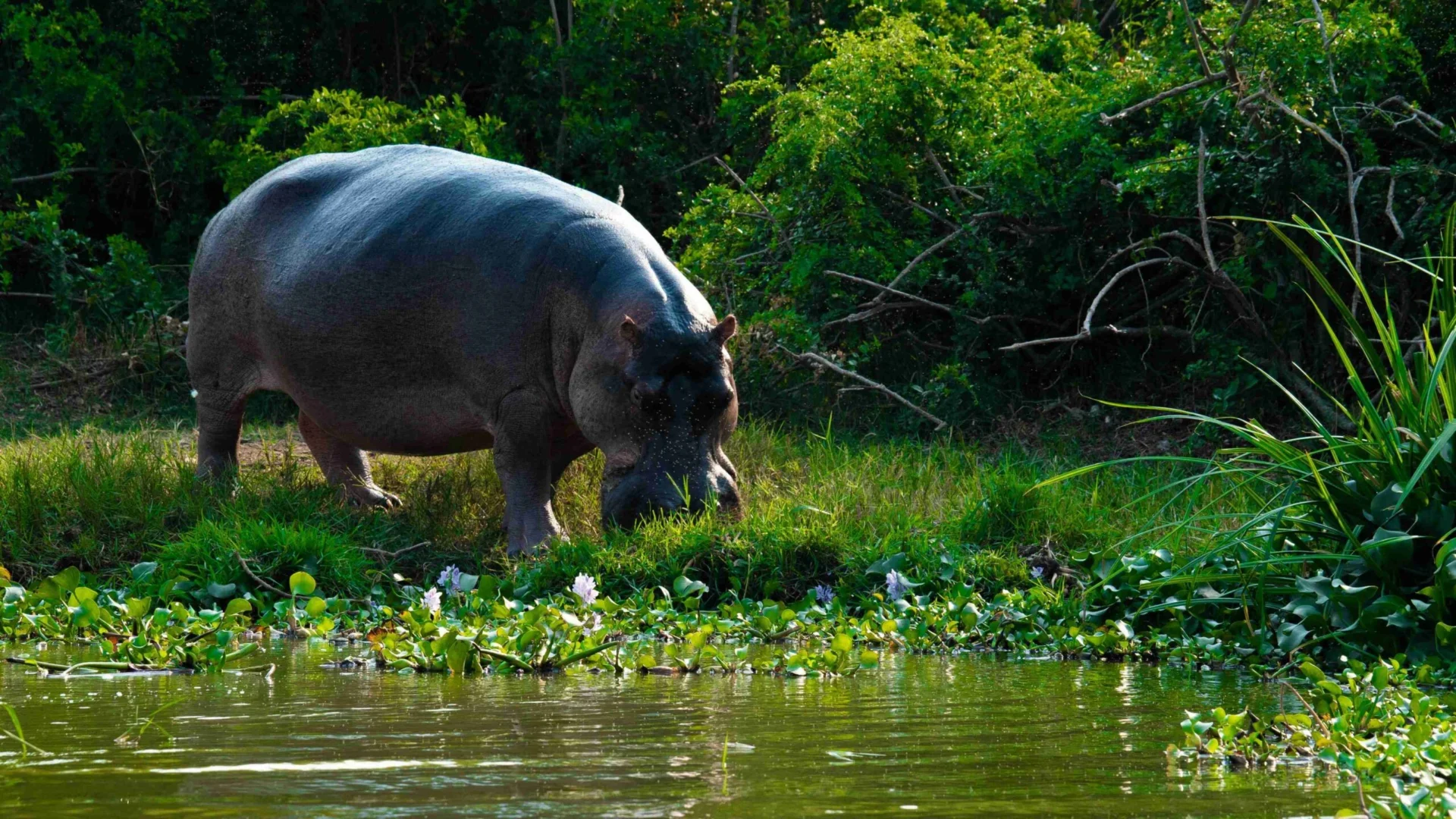
Source: Photo by 2H Media on Unsplash
Day 5: Queen Elizabeth National Park to Bwindi Impenetrable National Park
Distance & Driving Time: Approximately 180 kilometers (112 miles) and takes about 4 to 5 hours, depending on road conditions and traffic.
Bwindi Impenetrable National Park , situated in southwestern Uganda, is a UNESCO World Heritage site known for its dense forests and the critically endangered mountain gorillas that inhabit it. Established in 1991, this park offers exceptional opportunities for gorilla trekking and is a vital sanctuary for biodiversity and conservation.
Where to Go and What to Do
At Bwindi Impenetrable National Park, tourists can enjoy:
- Gorilla Trekking: Experience the exhilarating adventure of trekking through dense forests to observe endangered mountain gorillas in their natural habitat.
- Bird Watching: Explore the park’s rich avian diversity, with over 350 bird species, including the rare African green broadbill and the spectacular Great Blue Turaco.
- Nature Walks and Hiking: Take guided walks through the lush forest to discover various plant species, waterfalls, and breathtaking views, with trails suited for different fitness levels.
Hotel & Dining Options
Buhoma Lodge provides comfortable, eco-friendly accommodations with stunning views of Bwindi Impenetrable National Park and is a great location for gorilla trekking. For dining, Gorilla Mist Camp Restaurant offers a selection of local and international dishes, using fresh, local ingredients to fuel you after a day of exploring.
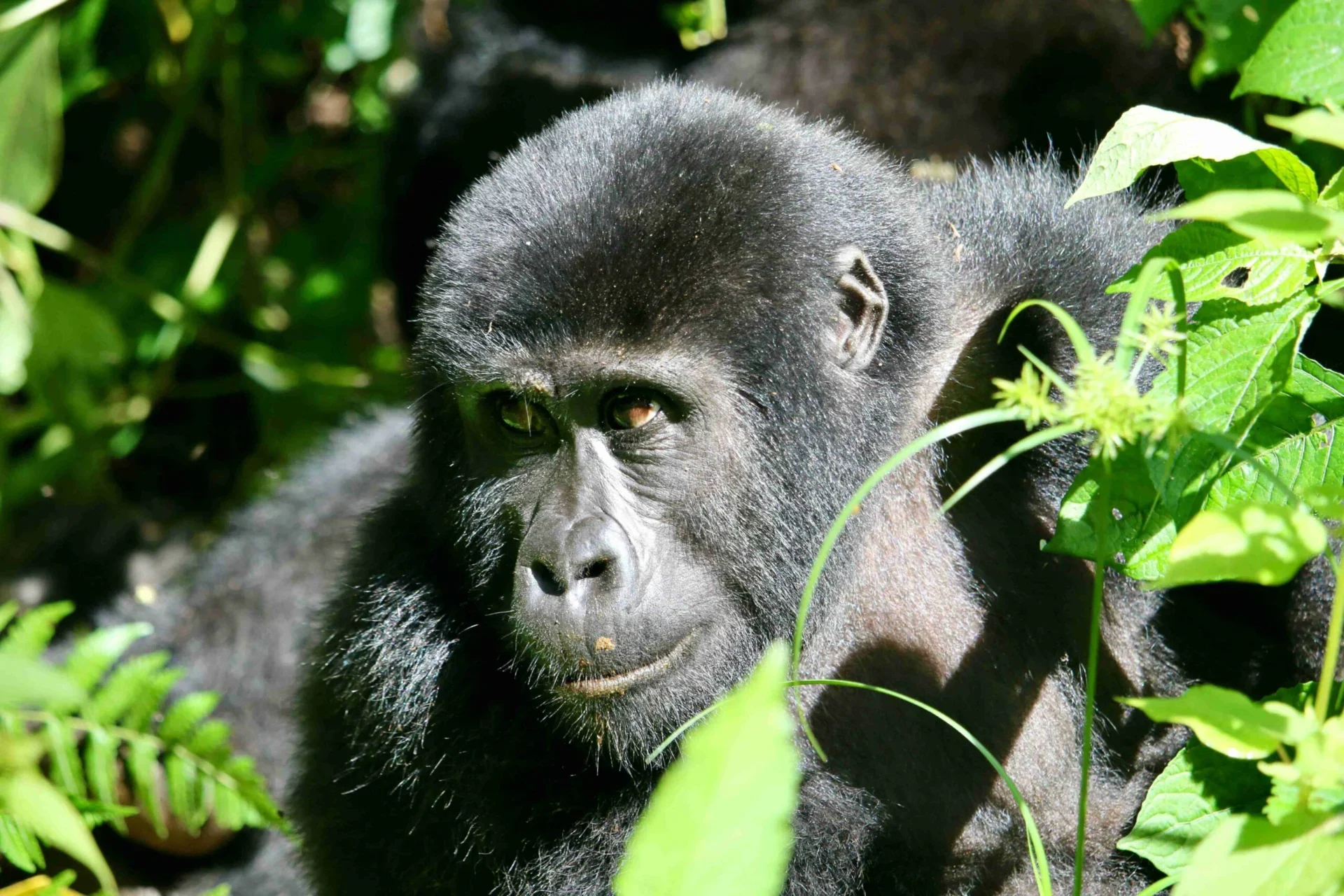
Source: Photo by Gabriel Schumacher on Unsplash
Essential Tips for Your Self-Drive Adventure in Uganda
Going on a self-drive adventure in Uganda offers an unparalleled opportunity to immerse yourself in its breathtaking landscapes and diverse wildlife. To ensure a smooth journey, it’s crucial to be well-prepared with tips for driving in Uganda and essential information to help you easily navigate your Uganda road trip itinerary.
Travel Documents
- Ensure your passport is valid for at least six months from your entry date.
- Obtain a visa online via Uganda’s e-Visa system or upon arrival at the airport.
- Carry a copy of your Yellow Fever vaccination certificate, which is mandatory for entry.
- Keep copies of important documents, including your driver’s or international licenses , travel insurance, and emergency contact information.
Self Driving Tips
- Always carry your driver’s license and international driving permit.
- Be cautious of road conditions, especially during the rainy season, as roads can become muddy and challenging.
- Watch out for wildlife crossing, particularly in national parks and rural areas.
- Plan your fuel stops ahead; fuel stations can be sparse in remote areas.
- Drive during daylight hours, as roads can be poorly lit, and driving at night may be risky.
- Familiarize yourself with local traffic rules and road signs.
Car Rental
- Opt for a 4×4 vehicle to handle Uganda’s diverse and sometimes challenging terrain.
- Rent from well-known agencies to ensure the car is in good condition and comes with necessary insurance.
- Secure your rental car early, especially during peak travel seasons, for the best options.
- Ensure the rental includes essentials like a spare tire, jack, and emergency equipment.
- Confirm that the rental package consists of comprehensive insurance, and consider additional coverage for peace of mind.
- Thoroughly check the car for any existing damage and ensure it’s noted in the rental agreement before you drive off.
- Understand whether you must return the vehicle with a full tank or if the rental price includes fuel.
Nature Reserve & Cultural Etiquette
- Respect Wildlife: When visiting nature reserves like Bwindi Impenetrable National Park or Kibale National Park, maintain a safe distance from animals and avoid loud noises to protect the natural environment.
- Guided Tours: Always consider hiring a local guide to visit nature reserves. They enhance your experience with their knowledge and ensure that you follow the park’s regulations and safety protocols.
- Dress Modestly: In rural and cultural areas, especially around sacred sites like the Mausoleum of Khoja Ahmed Yasawi, modest attire is important to respect local customs.
- Ask for Permission: Always ask for permission before taking photos of local people or their property. It’s a sign of respect and helps avoid misunderstandings.
- Support Local Communities: When visiting cultural sites or reserves, consider buying souvenirs from local artisans or contributing to community projects. Purchasing locally-made items helps support local economies and preserves traditions.
- Observe Cultural Norms: Be aware of cultural etiquette, such as greeting elders first, using your right hand for giving and receiving, and being polite and respectful in interactions.
FAQs
What is the best time of year to visit Uganda?
The best time to visit Uganda is during the dry seasons, from June to August and December to February. These months offer the best conditions for wildlife viewing and trekking activities.
Are there any road safety concerns to be aware of in Uganda?
Road conditions in Uganda can vary, with some areas having potholes or rough terrain. It’s important to drive carefully, especially in rural areas, and avoid driving at night due to poor visibility and the presence of livestock on roads.
How accessible are Uganda’s national parks for self-drive tourists?
Most of Uganda’s national parks are accessible by road, but a 4×4 vehicle is recommended for navigating the often rough and unpaved park roads. Signage within parks can be limited, so having a map or GPS is helpful.
Do I need a special permit for a gorilla trek in Bwindi?
Yes, a gorilla trekking permit is required to visit the gorillas in Bwindi Impenetrable National Park. Due to limited availability, it’s advisable to book this permit well in advance.
What type of vehicle is recommended for driving in Uganda’s national parks?
A 4×4 vehicle is recommended for driving in Uganda’s national parks due to the rugged terrain and potential for muddy conditions, especially during the rainy season.
Are there reliable fuel stations along the major routes in Uganda?
Yes, there are reliable fuel stations along the major routes, particularly in towns and near national parks. However, it’s a good idea to fill up whenever you can, especially before heading into remote areas.
What are the emergency contact numbers in Uganda?
The general emergency number in Uganda is 999 or 112. It’s advisable to have the contact details of your car rental company and the nearest medical facility.
How do I navigate in Uganda without GPS?
If you don’t have GPS, it’s best to use a detailed road map or download offline maps on your smartphone. Asking locals for directions can also be helpful, as they are usually friendly and willing to assist.
Is it safe to drive at night in Uganda?
Driving at night in Uganda is generally not recommended due to poor road conditions, limited street lighting, and the potential for encountering wildlife or livestock on the roads.
Can I drink tap water in Uganda, or rely on bottled water?
In Uganda, it is advisable to drink bottled or filtered water, as tap water may only sometimes be safe for consumption. Bottled water is widely available throughout the country.
Wrapping it Up
Going on a self-drive adventure through Uganda promises an unforgettable experience filled with captivating landscapes, diverse wildlife, and rich cultural encounters. From the lush rainforests of Kibale to the majestic gorillas in Bwindi, every turn of the road reveals new wonders.
With careful planning and a spirit of exploration, your Uganda road trip will be a journey of discovery, offering both adventure and tranquility in one of Africa’s most enchanting destinations.

